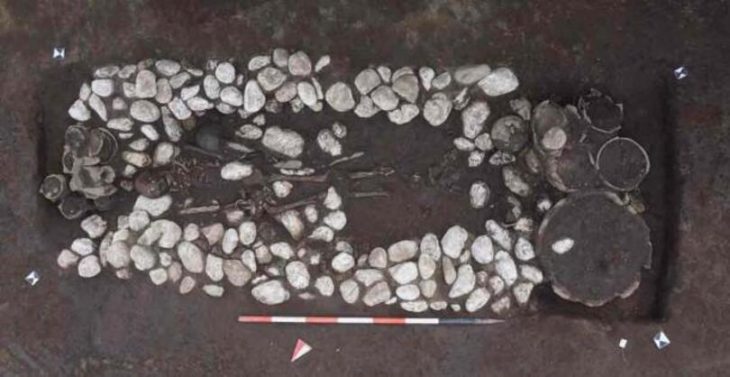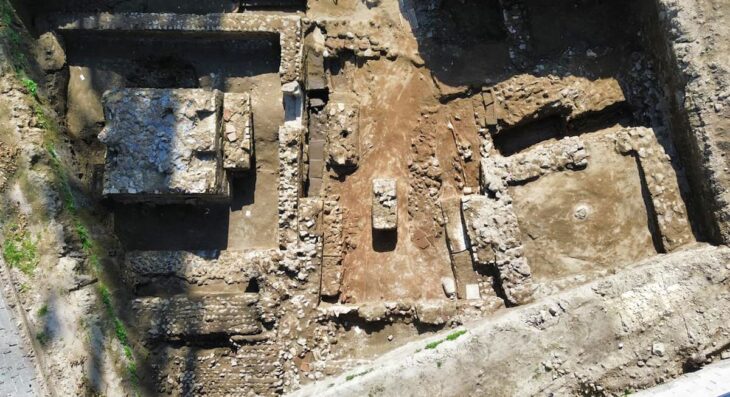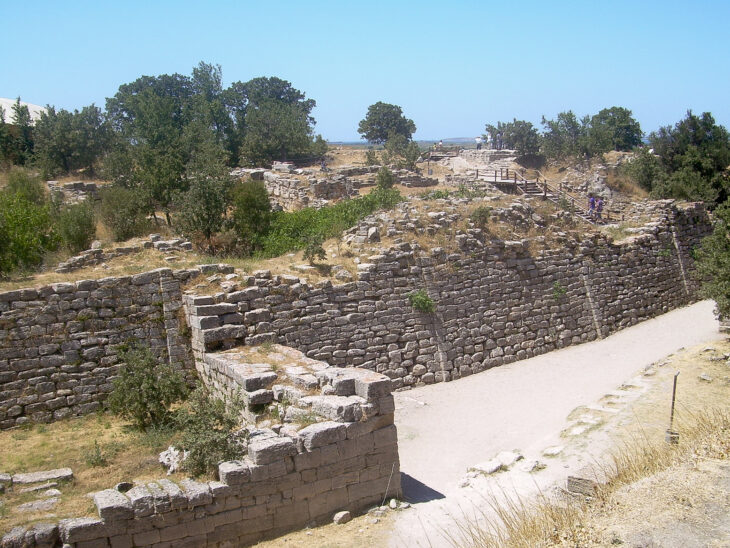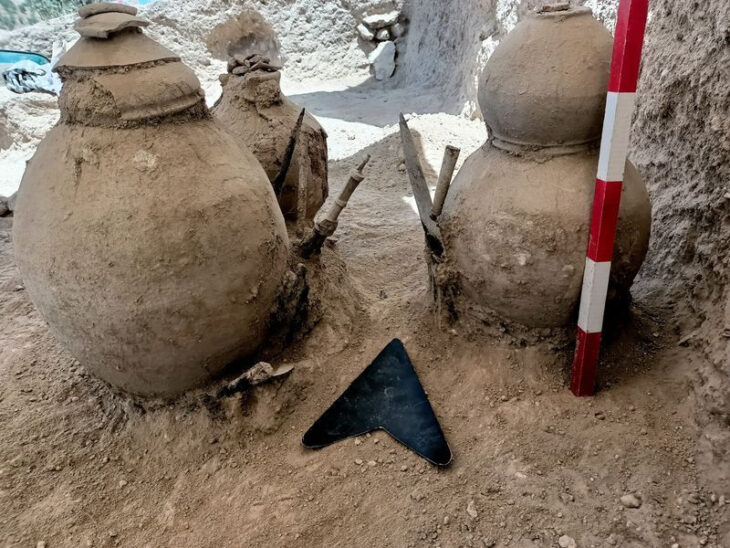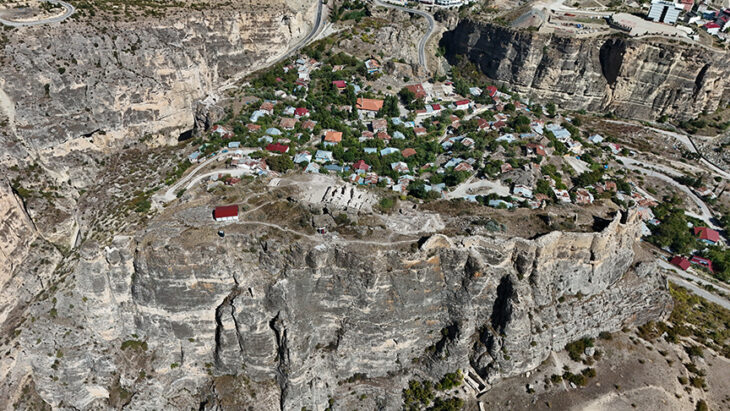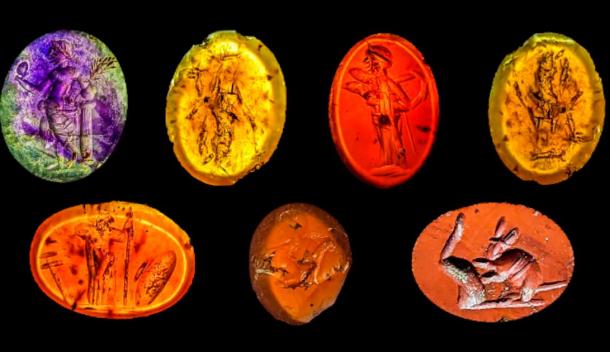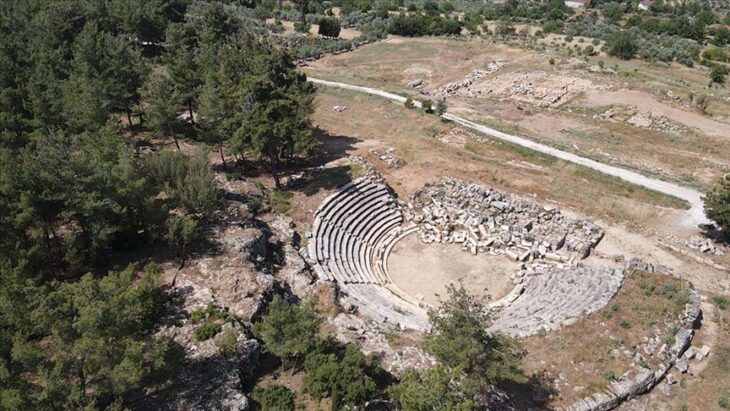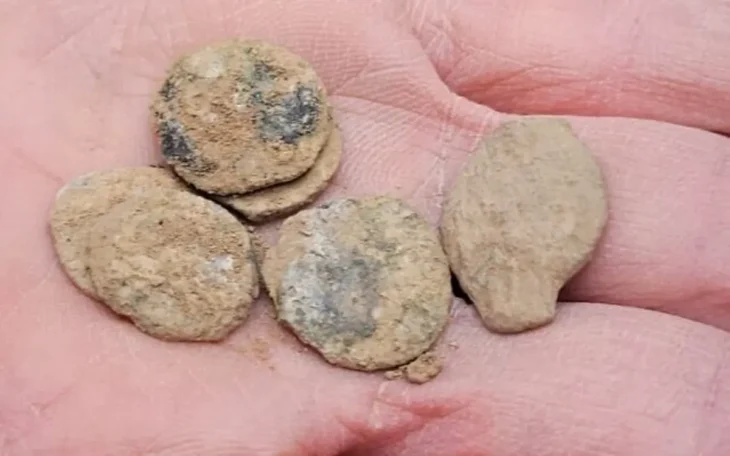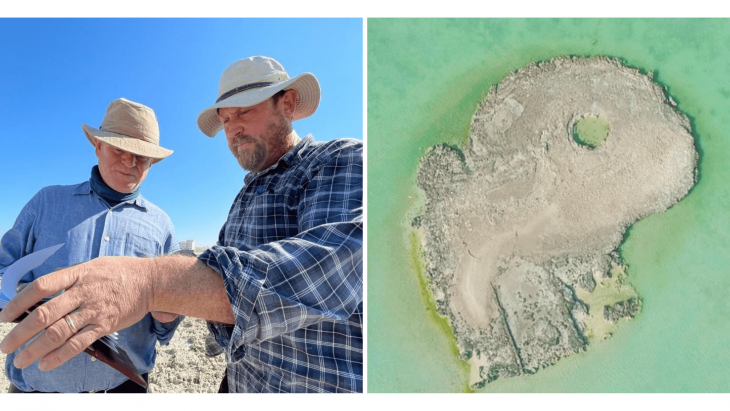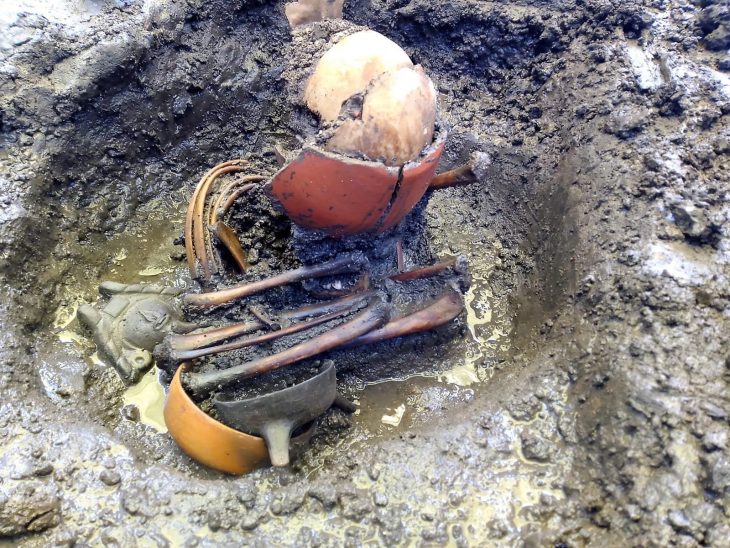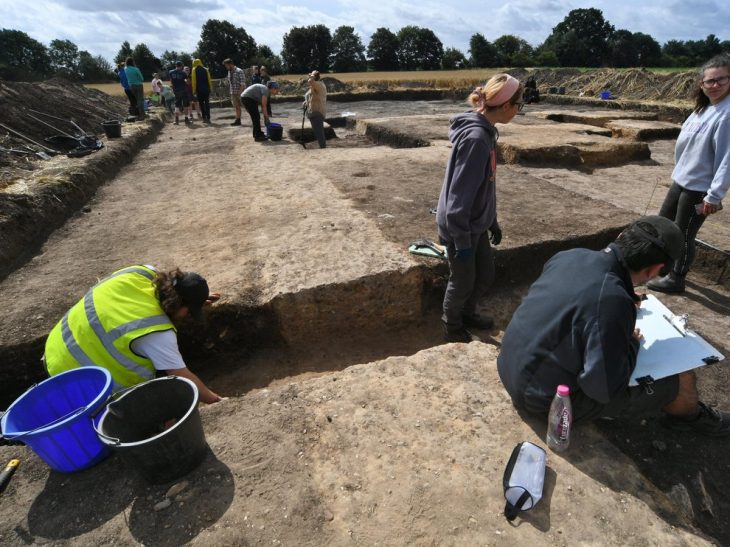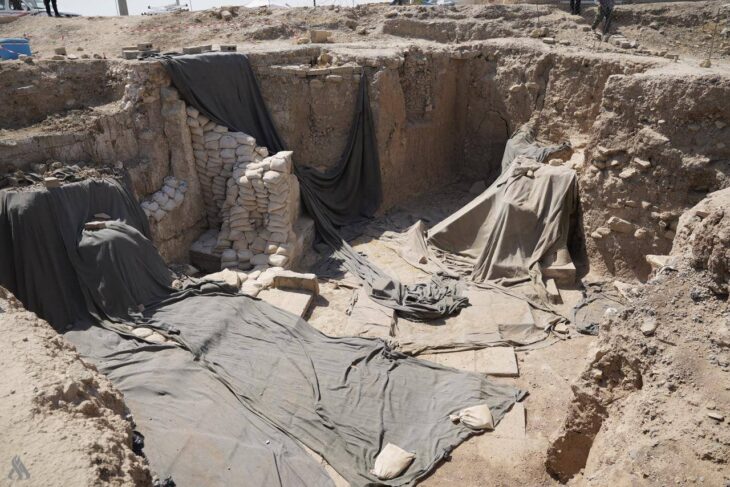Virtual reconstructions of Neanderthal ears show that had the same physical capacity for hearing as modern humans, and by inference could also make the same sounds we can – although whether they actually spoke a language is still unknown.
Mercedes Conde Valverde of the University of Alcala in Spain said: “We don’t know if they have a language, but at least they have all the anatomical parts they need.” “It’s not that they speak the same language, not English, It’s not Spanish. There is no language like this. But if we can hear them, we will recognize that they are human.”
Conde-Valverde and her colleagues used medical imaging software to create a virtual reconstruction of the Neanderthal’s outer ear and middle ear cavity based on a CT scan of the skull. Using these models, they can determine the range of sounds that Neanderthals can hear, and therefore may produce speech. The technology has previously been used to study the speech and hearing of other ancient humans and chimpanzees.
The team did the same for a group of fossils known as the hominins from Sima de Los Huesos, which are believed to be the direct ancestors of the Neanderthals. The results showed that, unlike these ancestors, Neanderthals had the same hearing ability as modern humans.
Comte-Valverde said that Neanderthals’ hearing was optimized to produce consonants commonly found in modern human languages, such as “s”, “k”, “t” and “th”.
📣 Our WhatsApp channel is now LIVE! Stay up-to-date with the latest news and updates, just click here to follow us on WhatsApp and never miss a thing!!
Although we don’t know whether this means that they have the intelligence to develop languages, Comte Valverde said that recent archaeological evidence, including the use of stone tools, jewelry making, and artwork, suggests that Neanderthals’ complex behavior may be Show that they have language skills.
“It’s getting harder and harder to dismiss the fact that they probably had some kind of speech,” says Dan Dediu of the Lumière de Lyon 2 University in France. It was probably very similar to ours, but not identical, he says.
Nature Ecology and Evolution


